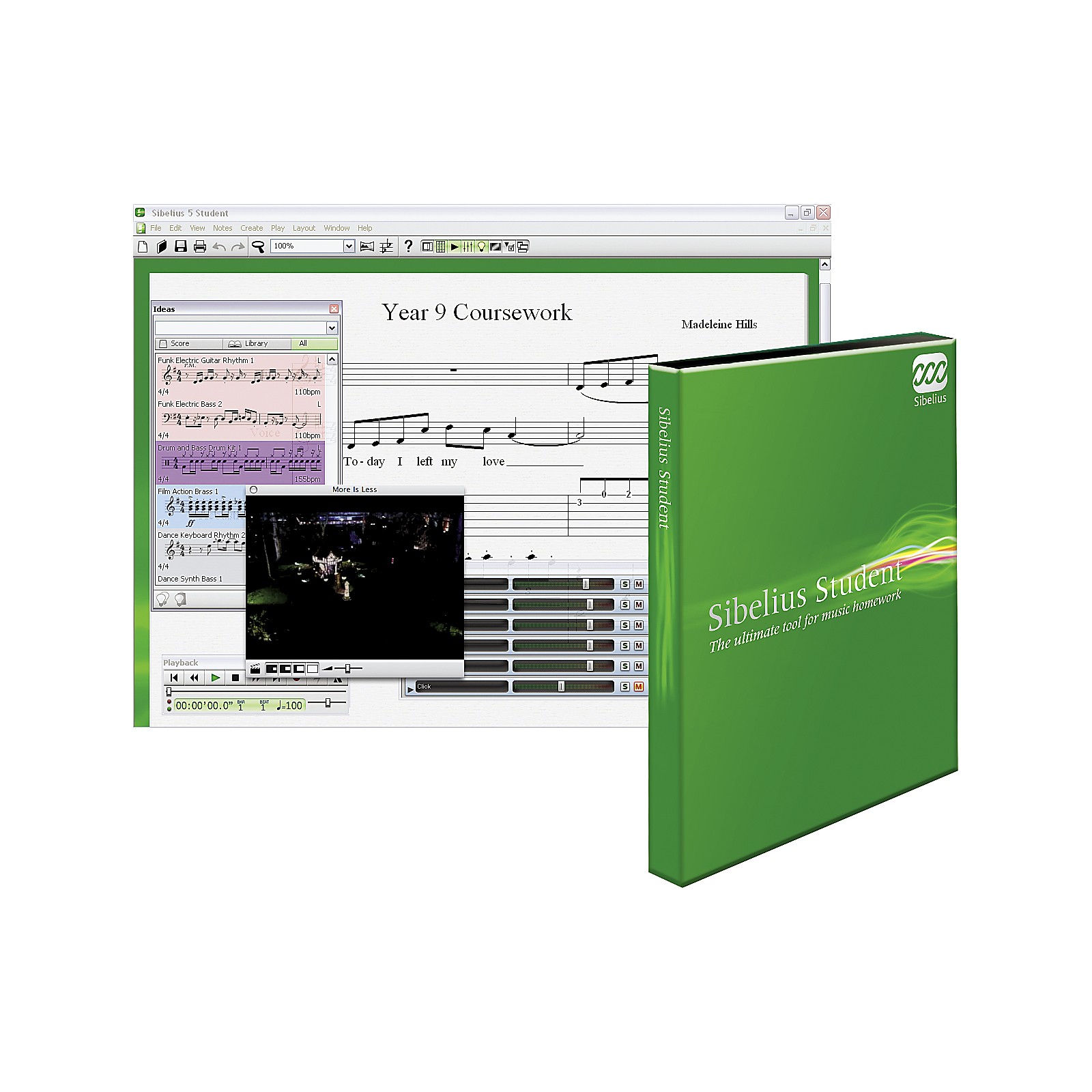

The musical woods are teeming with life and the dictates of musical fashion, the views of critics, the compositions of his contemporaries - none of these mattered in the face of an irrepressible creativity.

It is as though the imagination of the young boy that saw trolls, witches, dark and fantastic shapes in the countryside has again been unlocked and unleashed. So the departure from Helsinki ten years before and the temporary renunciation of alcohol had at last created an awesome response.

Nature in its cycles and majesty provides the antidote to human brutality and a time scale and indifference that are vastly beyond the human scale of things. It is in the natural world that Sibelius finds the source for a positive view despite the destruction of war. “While other composers serve gaudy cocktails I offer the world cold, clear water.” Now that’s quite a statement from a reformed heavy drinker. As we’ve already heard, the Fourth Symphony is enormously strong-willed and declamatory. Interestingly, it was about this time that he shaved his balding head giving him the distinctive and powerful appearance that has stayed in the public’s imagination - as if reinventing himself in a granitic and self-flagellated form toughened and purified by experience and striving for control of his own personality and life. He managed this abstinence for seven years - quite an achievement given his history of very heavy indulgence. The 1910s were a time of real crisis and painful evolution in the composer’s life - he suffered from a tumorous growth on his throat and was compelled after its removal to abstain completely from alcohol and tobacco. The Fourth and Fifth Symphony are much more compressed works than their predecessors, much more honed and restrained in their use of themes. The audience has to be more patient than in earlier works big moments of lush tunefulness are fewer in the later works but more telling when they finally do come. They date from the period between 19, when Sibelius was in his late forties. The restricted focus of Sibelius’ symphonies also leads to a concentrated and personal vision and it is this development that becomes most clear with the works on tonight’s program. Mahler’s reply was “No, the symphony must be like the world. Sibelius apparently observed that the symphony’s strength lay in its formal logic, its abstract severity and its unified motivic structure. Their famous exchange on the nature of the symphony is worth recalling. Sibelius made much of the contact he had with Mahler during that visit in 1907 and Mahler for his part seems to have softened in his views of the Finn having got to know him personally. You find them in Russia and Sweden - and in Italy the country is overrun by these whores and their ponces.” They are the same everywhere, these national geniuses. One of the pieces was just ordinary “kitsch,” spiced with certain “Nordic” orchestral touches like a kind of national sauce. “At the concert I also heard some pieces by Sibelius, the Finnish national composer who they make a great fuss about not only here but elsewhere in the musical world. Mahler had heard Valse Triste and another of Sibelius’ works in 1907 whilst in Helsinki and was less than impressed, as you might judge from the following: The gap between such lighter works and the seriousness of the symphonies and the scene painting of the tone poems is quite significant and it must have baffled some of his contemporaries. He composed quite a number of comparable small-scale salon-like pieces perhaps hoping that his luck might again strike with a new work but with a better financial return. It was Valse Triste that brought Sibelius a measure of fame but little income as its publisher held the rights - so the composer received little benefit financially from its success.


 0 kommentar(er)
0 kommentar(er)
